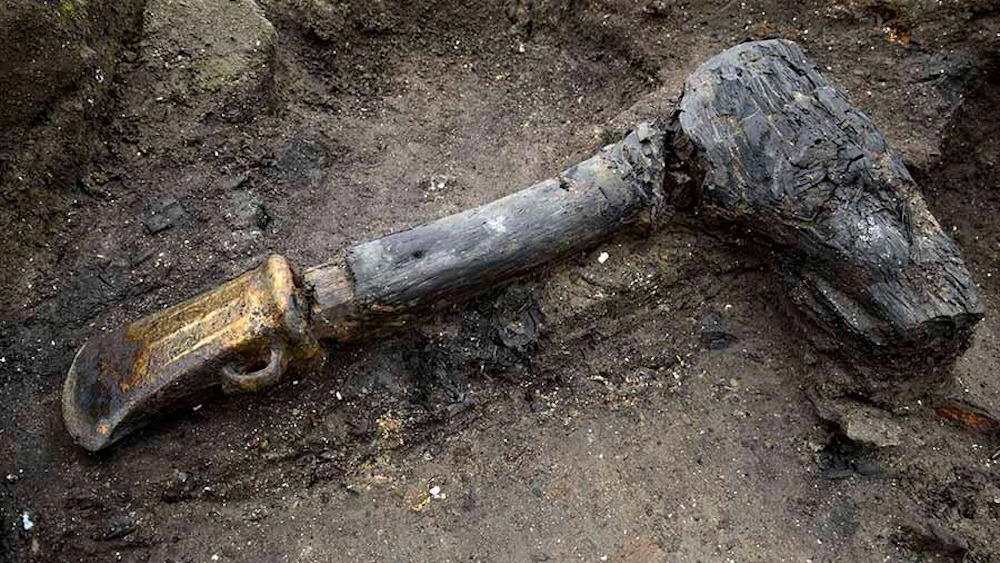
The remnants of an ancient village known as "Britain's Pompeii" are offering archaeologists new insight into the Bronze Age inhabitants who lived there, including how they seasoned their porridge and wild game.
Archaeologists discovered the settlement, known as Must Farm, during the 2015-2016 field season in the Fenlands, a swath of marshland in eastern England. The settlement, which dates to around 850 B.C., includes the remains of "four large wooden round houses and a square entranceway structure," all built on stilts. Excavations also revealed dozens of artifacts as well as human remains.
The site was largely destroyed in a fire that engulfed the village roughly 3,000 years ago and was completely abandoned by humans. However, similar to Italy's famous Pompeii, it was partially preserved by the environment, according to a statement from the University of Cambridge.
In the years since the site's discovery, researchers have studied Must Farm extensively, which has given them a better understanding of its unique architecture and the people who lived there, according to two new reports published March 5.
For instance, the unique roundhouses built on stilts provided researchers with a "blueprint" of circular architecture from that time and place, as well as clues about what Bronze Age domestic life would've been like, according to the statement.
"These people were confident and accomplished homebuilders," report co-author Mark Knight, an excavation director in the Cambridge Archaeological Unit (CAU), said in the statement. "They had a design that worked beautifully for an increasingly drowned landscape."
Related: Ancient fortifications revealed underneath Bronze Age village on Italian island
Archaeologists also unearthed numerous artifacts, including a "stack of spears" with nearly 10-foot-long (3 meters) shafts, jars, textile fragments, an ax, a pottery bowl with the remains of a wheat-based porridge mixed with animal fats, a wooden spatula, animal bones, and a necklace made with beads that originated in Denmark and Iran.
"It appears the occupants saved their meat juices to use as toppings for porridge," Chris Wakefield, a CAU archaeologist, said in the statement. "Chemical analyses of the bowls and jars showed traces of honey along with ruminant meats such as deer, suggesting these ingredients were combined to create a form of prehistoric honey-glazed venison."

Researchers also found a human skull "rendered smooth by touch," hinting that it may have served as a "memento of a lost loved one," according to the statement.
"While excavating the site there was a sense that its Bronze Age residents had only just left," Knight said in the statement. "You could almost see and smell their world, from the glint of metal tools hanging on wattled walls to the sharp milkiness of brewed porridge."
Archaeologists think the cause of the fire may never be known. However, one idea is that warriors torched it during an attack, which could explain why the residents never returned for their belongings. It's also possible that because they were adept builders, they may have built a new site elsewhere, according to the statement.
"There is every possibility that the remains of many more of these stilted settlements are buried across Fenland, waiting for us to find them," David Gibson, an archaeological manager for the CAU, said in the statement.







